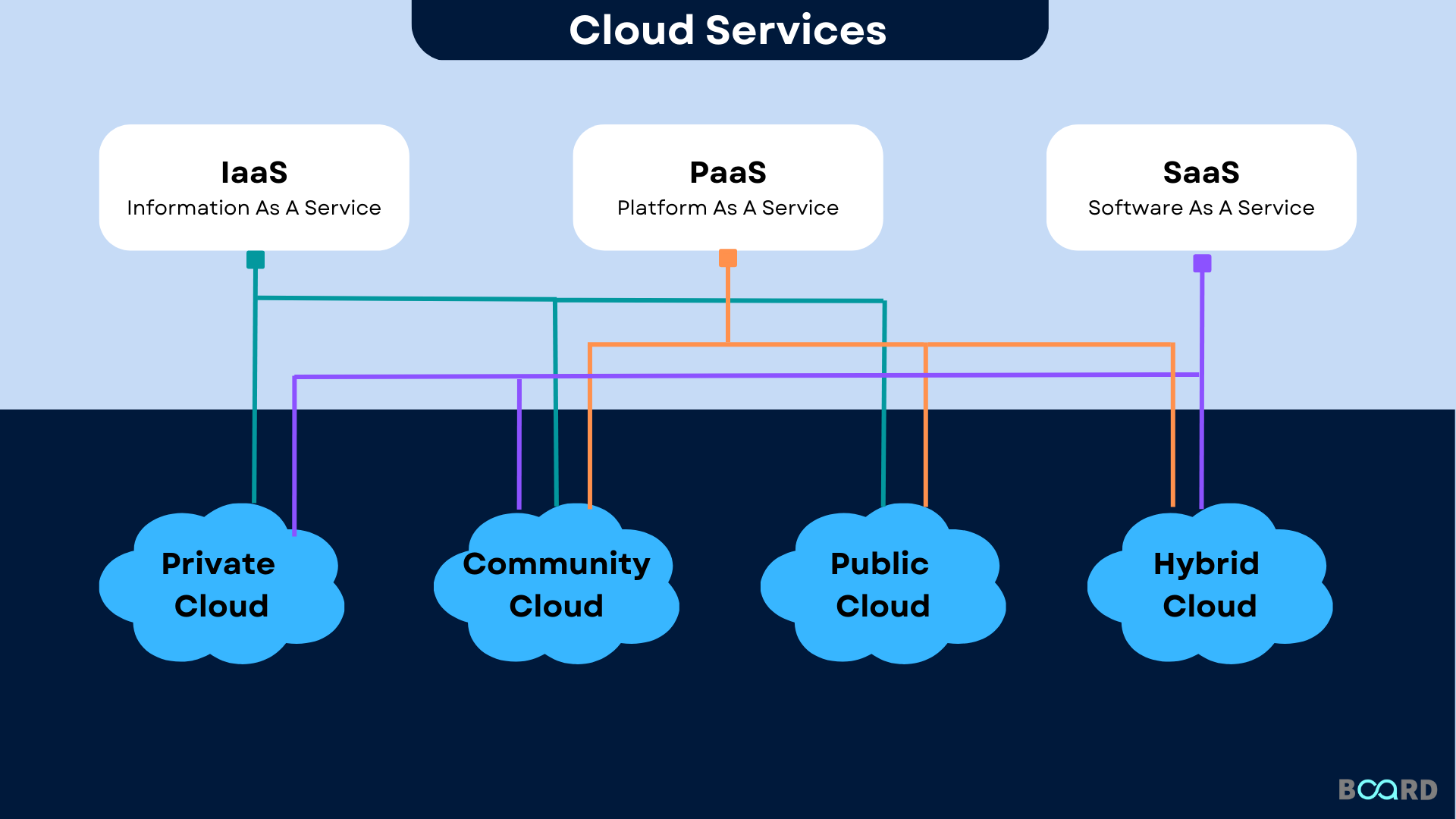Opening Success with LinkDaddy Cloud Services: Maximizing Universal Cloud Service Influence
Opening Success with LinkDaddy Cloud Services: Maximizing Universal Cloud Service Influence
Blog Article
Simplify Your Infrastructure With Cloud Solutions
As businesses browse the ever-evolving landscape of modern technology and information administration, the function of cloud solutions in simplifying infrastructure has become significantly prominent. The attraction of structured processes, improved efficiency, and enhanced resource allotment through cloud remedies is indisputable. The journey in the direction of a more dexterous and cost-effective IT framework includes more than just migrating to the cloud. It calls for a critical technique and a deep understanding of the subtleties of cloud fostering. So, just how can services efficiently navigate this change and absolutely open the capacity of cloud solutions for simplifying their infrastructure?
Advantages of Cloud Services
Cloud solutions offer a streamlined strategy to managing IT infrastructure, supplying businesses with versatility, cost-efficiency, and scalability. One of the essential benefits of cloud solutions is the scalability they provide.
In addition, cloud services remove the requirement for services to spend in expensive software and hardware. This cost-efficiency is a significant advantage, specifically for tiny to medium-sized business looking to reduce ahead of time expenses. By using cloud solutions, services can access high-grade IT sources without the substantial price connected with standard facilities configurations.
In addition, cloud services provide services with the flexibility to access their information and applications from anywhere with a web connection. This level of accessibility improves cooperation amongst groups, makes it possible for remote job, and raises general productivity. The versatility used by cloud solutions encourages businesses to adapt quickly to transforming market problems and consumer demands.
Cost Financial Savings and Scalability
In enhancement to the functional benefits highlighted previously, the assimilation of cloud services right into a business's facilities brings forth significant price savings and improved scalability. Cloud solutions supply a pay-as-you-go model, allowing companies to range sources up or down based on present needs, thereby preventing the costs related to preserving excess capability. This flexibility makes it possible for business to adjust rapidly to changing needs without incurring unnecessary expenditures.
Moreover, cloud services remove the need for ahead of time investments in equipment and software program, lowering capital investment. Operating expenditures are also lessened as companies no much longer require to take care of and keep physical servers, bring about lower energy consumption and IT staffing costs. In addition, cloud solutions provide automatic updates and upkeep, ensuring that the infrastructure stays safe and secure and updated without requiring manual treatments.
Boosted Protection Procedures
Implementing rigid safety procedures is extremely important when incorporating cloud solutions right into a company's facilities to secure sensitive information and make certain conformity with sector regulations. Cloud service companies provide enhanced protection attributes such as information encryption, firewall software defense, and multi-factor verification to alleviate cybersecurity threats.
In addition, normal safety audits and conformity analyses aid identify susceptabilities and ensure adherence to market criteria. Firms can likewise take advantage of features like automated protection updates and real-time danger surveillance supplied by cloud company. By prioritizing security steps and staying proactive in addressing prospective dangers, organizations can confidently utilize cloud solutions while safeguarding their important data from unapproved gain access to or violations.
Transitioning to Cloud Infrastructure
To successfully integrate cloud services right into a business's infrastructure, a structured technique that attends to the shift in the direction of cloud-based services is vital. Transitioning to cloud infrastructure entails cautious planning and execution to make certain a smooth movement procedure - Cloud Services.
Once original site the evaluation is full, a migration approach ought to be created. This method ought to describe the timeline, resources, and obligations for relocating each component to the cloud. It is crucial to communicate this strategy clearly to all stakeholders to ensure positioning and lessen disturbances throughout the transition.
During the movement tracking, testing and procedure are vital to identify and attend to any issues promptly. Routine checkpoints need to be developed to track progression and make required changes. Additionally, training for workers on utilizing cloud services should be offered to make certain an effective change and optimize the advantages of the brand-new infrastructure.
Best Practices for Cloud Adoption
Successful fostering of cloud solutions depends upon the strategic placement of business objectives with technological abilities and business readiness. To guarantee a smooth transition to the cloud, organizations must begin by conducting a thorough evaluation of their current framework and determining which work are best suited for cloud movement. It is important you can look here to entail key stakeholders from different divisions in the decision-making process to gain buy-in and address any worries early on.
Another finest method for cloud adoption is to prioritize protection and conformity. Organizations needs to carefully review the safety procedures used by cloud service suppliers and ensure that their data is safeguarded according to industry requirements and regulative requirements. Applying robust information encryption, accessibility controls, and regular safety and security audits can help reduce risks connected with cloud fostering.

Conclusion

As businesses browse the ever-evolving landscape of innovation and data administration, the duty of cloud solutions in simplifying facilities has actually come to be increasingly noticeable - Cloud Services. Just how can services successfully navigate this transition and absolutely open the capacity of cloud services for streamlining their framework?
Cloud browse around here services offer a structured technique to handling IT facilities, offering services with versatility, scalability, and cost-efficiency. By making use of cloud services, businesses can access premium IT sources without the significant cost tag associated with conventional framework configurations.
To make certain a smooth transition to the cloud, organizations need to begin by performing a thorough analysis of their current framework and identifying which work are best fit for cloud migration.
Report this page